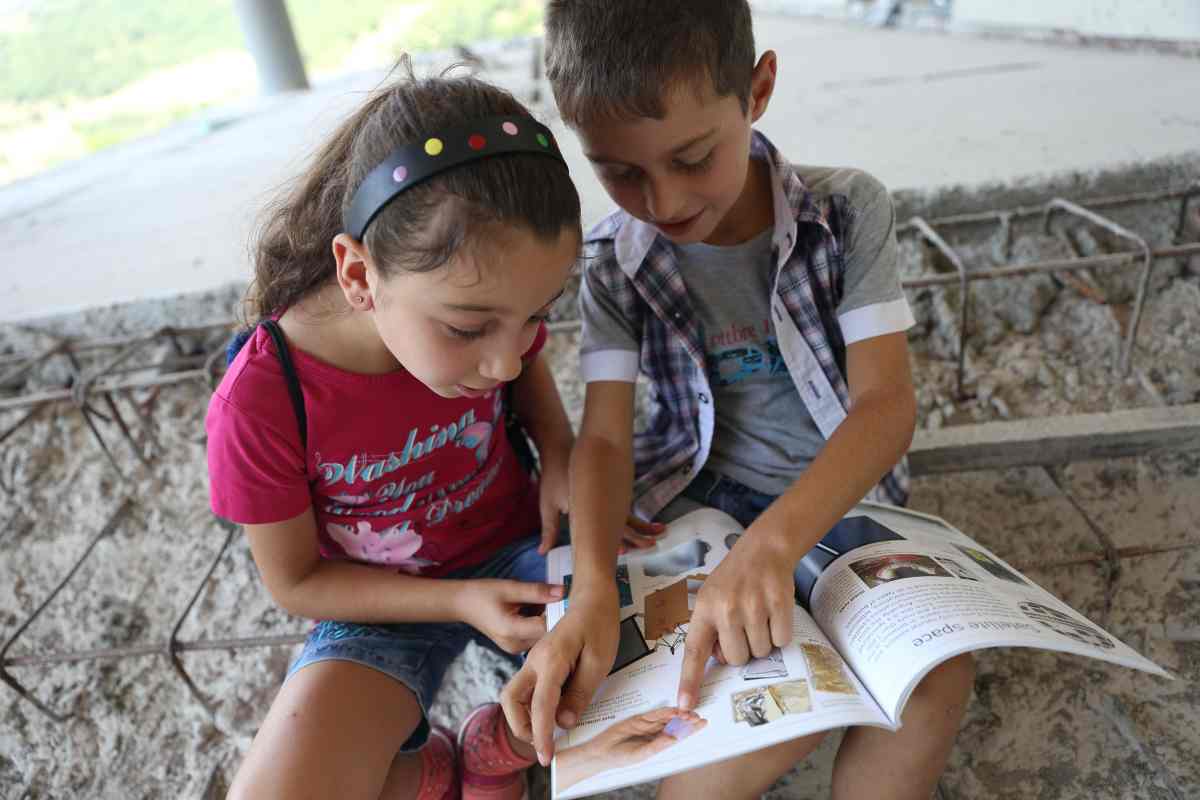Every child needs to learn boundaries, but teaching kids how to respect themselves and others does not happen overnight.
Setting boundaries may be needed in situations where the child feels unsafe, learning how to say “no” and seek help from an adult, sharing, not hitting, or taking things that do not belong to them.
LESS IS MORE
As a child becomes more self-aware and aware of others and their feelings, it is important to understand that the fewer boundaries that exist, the better the chance a child has of adhering to them.
Too many boundaries can make a child feel confused, overly restricted, and afraid to speak and act naturally. By initially setting five or fewer boundaries, a child can better remember and practice these new rules.
IMPLEMENTING BOUNDARIES
Trying to get a child to follow new boundaries and understand them can be challenging. Pointing out specifics can help.
For example, if a child takes another child’s toy, and one of the boundaries a parent has set is to not take others’ things, the parent can help their child understand this by asking, “Is this toy yours?” Parents can also ask, “Would you like it if I took your toy away?” Or, “How do you think that made (child’s name) feel?”
The goal isn’t to scold, but rather to get the child to think about how others might feel in a situation. A young child needs to process this information before it can be understood and then implemented.
RESPECTING CHILD’S BOUNDARIES
While the ongoing process is teaching a child to learn boundaries, there is a crucial step many parents miss. And that is to respect the child’s boundaries.
Many children exhibit dislikes at a young age. These dislikes can range from tickling to resisting people who are overly affectionate. A child may not like to show strong feelings of affection such as hugging or kissing — especially if it is with people they do not know well.
Parents can dismiss these boundaries and force the child to “go give (adult’s name) a hug or kiss on the cheek.” But if a child says that they dislike a specific action, parents should let the child know the parent will not push the matter further.
This establishes trust and respect — the very things needed when establishing boundaries.
Michelle Dell’Aquila is a licensed therapist and the director of Child Development Advice, an educational consulting agency. She can be reached at parentingcoachonline.com


































